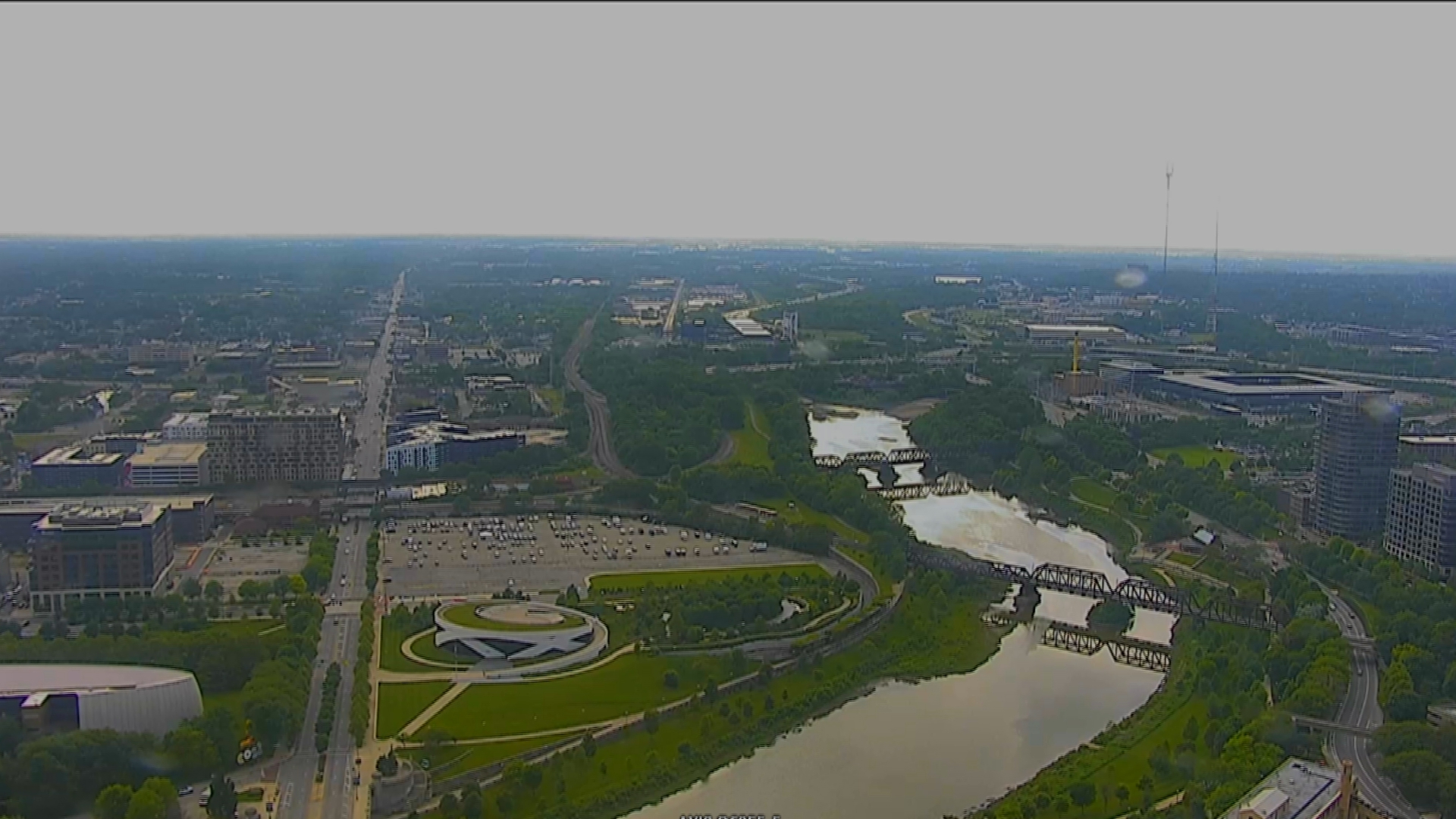The greatest flash flood tragedy in Ohio since 1969 occurred in a soggy spring, much like the one we are experiencing this season.
On June 14, 1990, on a hazy, warm evening, the skies suddenly opened up around the small community of Shadyside, in Belmont County, nestled in a steep-sided Appalachian valley in eastern Ohio near the West Virginia border.
Up to 5.5 inches of rain fell in about 90 minutes, sending torrents of water pouring off wooded hillsides into the Weege and Pike creeks near Shadyside.
The soils were very moist after frequent rains, and the ground could not absorb the rapid runoff caused by rain falling at the rate of 3 to 4 inches an hour.
A six-foot-high wall of water built up as dams collapsed upstream, coursing through the narrow stream valley as roiling waters gathered momentum. The massive torrent swept houses and mobile homes off the foundations and into the raging floodwaters.
Debris carried downstream reached the Ohio River and settled at the Hannibal Dam, creating a 15-acre raft of felled trees, furniture, toys, and dead livestock, according to Thomas Schmidlin, a Kent State geography professor, and author of “Thunder in the Heartland”.
Storm surveys listed 80 homes destroyed, and 250 more were damaged by the fast-moving flood.
Collapsing structures vehicles and felled trees caught in the rampaging waters led to a heavy loss of life in the stream valley.
Twenty-six people died in the flash flooding that came without warning, in the days before Doppler radar and automated stream gauges, which currently make up a sophisticated early-warning system, with alerts disseminated through media and mobile weather texts.


















